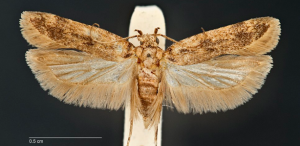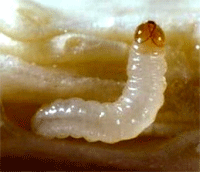The castor plant grows rapidly. It achieves height approximately more than 6 feet. Its maximum height is 12 meter. Growing castor plant is possible by seeds. Soak castor seeds in a glass of water for 24 hours before planting. Use filtered or purified water instead of tap water.
Requirements for Castor Plant:
- Soil
The soil must be well drained because it can not tolerate water logging. The soil should be rich in organic substance. Castor plant is adaptable to many different types of soil. Castor beans need warm soil to crop up.
- Sun
Because of its height, Castor needs to be sheltered from the winds. Castor bean plants need a full sun location and lots of heat to grow their best.
- Fertilizer
For castor plant, use the all-purpose fertilizer once in a month. when the buds begin to emerge, spread a layer of an inch of aged compost around the base of the plant.
- Watering
The soil which is always slightly moist, it should be good for castor plant.
- Pruning and Harvesting
For castor plant, pruning is not required. Select the bean pods as they begin to dry on the plant. Either remove the castor plants from the garden with pods or leave them if growing as perennial.
Tips:
- If there is the case of ingestion, avoid the castor plant.
- Remove the weeds at first phase of planting.
- Keep in mind that castor plant requires more water at starting phase.
- Castor plant needs regular watering and pesticide sprinkling.
- When there is the medium sized crop, use the plow to remove weeds.
- During Harvesting, take only those castors, which are ripe completely.
Cautions:
- Castor plants may be allergic to some people, but it’s not poison for anybody.
- Keep Pets away from eating castor leaves or seeds.
- Also keep children away from castor plants and seeds.







